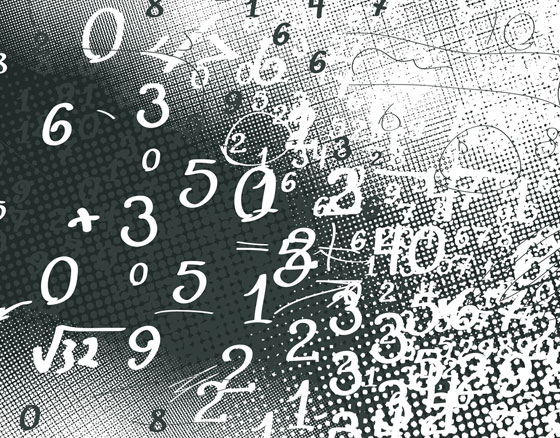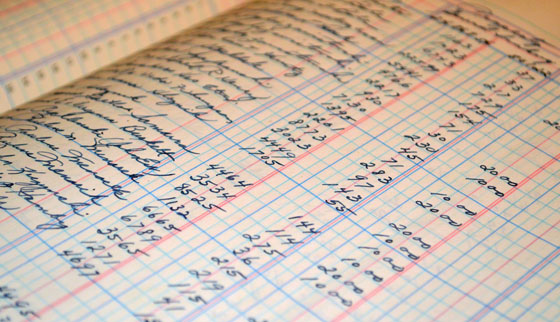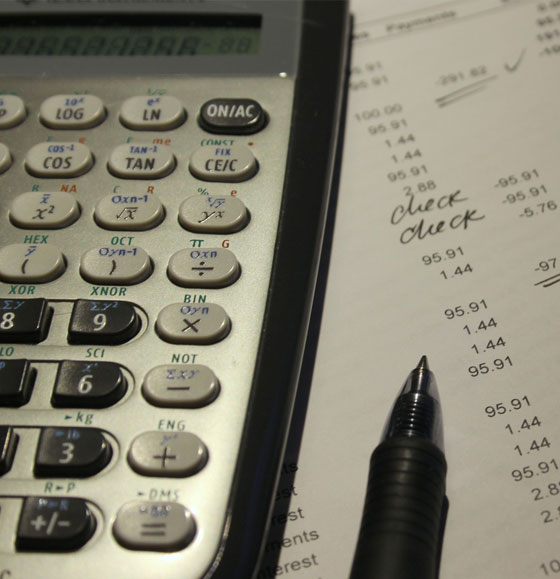Loan Modification
What is a Loan Modification?
A loan modification changes the terms of your mortgage. Such changes may include rate reduction, term extension, or principal reduction. A loan modification will stop the foreclosure, bring your current, and often reduce your mortgage payment to an affordable amount.
To successfully apply for a loan modification you have to know how the numbers work - we can tell you. It's what we do.
Loan Modification: Denied to Qualified
If you've been denied, call us - chances are you DO qualify and we can tell you how. Almost every one of our clients was denied or led to believe they did not qualify before coming to our office.
If your law firm isn't intimately familiar with loan modification programs, NPV tests and financial analysis how will they know if your denial means you don't qualify or if the bank made a mistake. We can identify bank errors and know how to fix them.

Determining Whether or Not You Qualify for a Loan Modification
First you need to know for what kind of modification your mortgage is eligible. The most common and well known program is the government Making Home Affordable Program or HAMP. There are other programs for mortgages owned by Fannie Mae or Freddie Mac; FHA insured mortgages; senior citizens over the age of 62; homes that are "underwater" or worth less than the mortgage balance; unemployed borrowers; and others.
Some of these guidelines are available online but all require significant research to understand the ins and outs of qualifying.
Modifications are based on and granted when borrowers meet certain financial guidelines. Gross income, monthly cash flow, & the property value factor into a sophisticated financial analysis used by your mortgage company to determine whether a proposed modification is the better financial option than foreclosure. Some of these numbers may fall over a large range, to the extent that you may be denied if the number you use is too high or too low.
Bottom line: you need to know for which program you might be eligible and calculate your financial information accurately to know if you qualify.
What To Do If You've Been Denied a Loan Modification

One of the most common reasons a borrower might be denied for a modification is due to a “negative NPV”. This phrase stops most homeowners in their tracks. Many homeowners and attorneys don't know what NPV stands for, much less how to verify whether or not their NPV truly was negative. The Net Present Value analysis is a sophisticated financial method used to calculate, in today’s dollars, the value of payments made over a period of time. By comparing the NPV of a proposed modification with the NPV of foreclosing, a mortgage lender can determine which avenue will make them more money. Under the Making Home Affordable Program the government requires a bank to modify when the NPV favors the proposed modification.
Fortunately, this Law Firm is very familiar with NPV tests, and conducts one for nearly every client. We will know before we submit an application whether or not the client passes the NPV Test. There are many variables involved in the NPV test which, if miscalculated, will drastically affect the NPV result. We often find that banks make errors when performing the NPV test. Although our Test is not exactly the same as the lender's, knowing that you passed our NPV Test will alert us to the likelihood the bank made an error when conducting their Test. By identifying the errors in the lender’s review process, we are more likely to succeed in obtaining a loan modification, even if the borrower was initially denied
You may be able to keep your home, even if...
Your home is scheduled to be sold at a foreclosure auction
The bank has changed the door locks A foreclosure judgment has been entered against you
You have been served with foreclosure papers
You have been denied a modification or told that you do not qualify for one
You owe more on the loan than the market value of the property
You have missed mortgage payments
When Your Home is "Underwater"
The problem is called many names: underwater, upside down, negative equity. All of these terms refer to when the property’s market value is less than the total mortgage balance due. So what can you do when your home is worth less than you owe?
Principal Reduction Alternative for HAMP
The government’s HAMP program or Home Affordable Modification Program includes a Principal Reduction Alternative modification, whereby the principal balance is reduced over a period of three years (as long as the borrower remains current on his/her modified mortgage).
Eligibility: your loan must be eligible for HAMP and your loan-to-value ration (LTV) must be greater than 115%

The Principal Reduction Modification
A Loan Modification can reduce your principal balance. If you’ve already missed mortgage payments, a loan modification can lower your monthly payment, bring your loan current and in some cases reduce the principal balance you owe. This is called a principal reduction.
Other Principal Reduction Options
Mortgage servicers also have their own “in-house” modification programs through which one might be offered principal reduction. Servicers with known principal reduction programs are Bank of America, Chase, and Ocwen.
Principal Reduction under the DOJ/AG Settlement
The Department of Justice settlement with five of the major mortgage lenders required those servicers to offer a number of principal reduction modifications. These modifications, often called DOJ mods, reduce the principal balance immediately.
Eligibility: your loan must be serviced by one of the lenders under the settlement your LTV must be greater than 100%
Reduce or Payoff a 2nd Mortgage

When a property is worth less than the combined mortgage balance due, reducing or settling any junior mortgages can give the homeowner a chance to regain equity in the property.
A quick note: 2nd mortgages can foreclose! Any mortgagee may foreclose on the property, if the mortgagor has missed payments, including second mortgages.
Principal Reduction Modification - If you have received a HAMP modification on your 1st mortgage and it included principal reduction, it is more than likely you will qualify for a 2MP modification with a similar principal reduction for your 2nd mortgage. 2MP is the government program for 2nd mortgages and is designed to work in tandem with the HAMP program for 1st mortgages.
Settle for Pennies on the Dollar - A second mortgage may accept less than the balance due in full settlement of the lien on your property. We have negotiated settlements for less than 10% of the mortgage balance. A second mortgage is more likely to settle if you are in foreclosure, have missed payments to the second mortgage, or previously discharged the debt in bankruptcy.
Extinguish the Mortgage - There is the possibility of extinguishing or wiping out the second mortgage under the Department of Justice (or DOJ) settlement or the 2MP government program.
Quiet Title Action
Sometimes the original mortgage lender may charge off a delinquent 2nd mortgage or sell to a collections company. The new owner may not be on record or the mortgage may have changed hands again. In this situation, when the borrower cannot determine who owns the 2nd mortgage and all prior known mortgage lenders no longer claim the 2nd mortgage, it may be time to file a lawsuit to quiet title - or in other words, to establish who is on title and to remove any other claims.